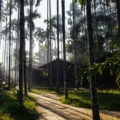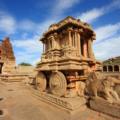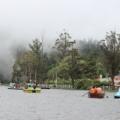India Has the Only Floating National Park in the World – Here’s Where to Find It
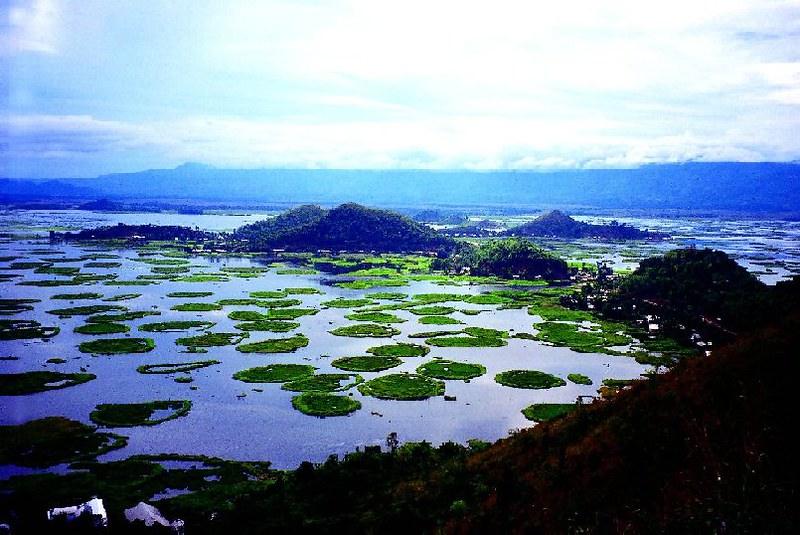
When you hear the term national park, you probably think of vast forests or rugged mountains, but Keibul Lamjao National Park in Manipur challenges that image completely. Sitting on the shimmering waters of Loktak Lake, this is the only floating national park in the world. The ground beneath your feet here isn’t solid earth, it’s made up of phumdis, floating masses of vegetation and organic matter that drift over the lake’s surface.
This park isn’t just a natural wonder, it’s also home to one of the rarest species in India: the Sangai deer, or the “dancing deer.” Add to that a rich wetland ecosystem, diverse birdlife, and fascinating nearby culture, and you’ve got a travel destination unlike anywhere else in the country.
In this Blog
What Makes This Park Truly One-of-a-Kind?
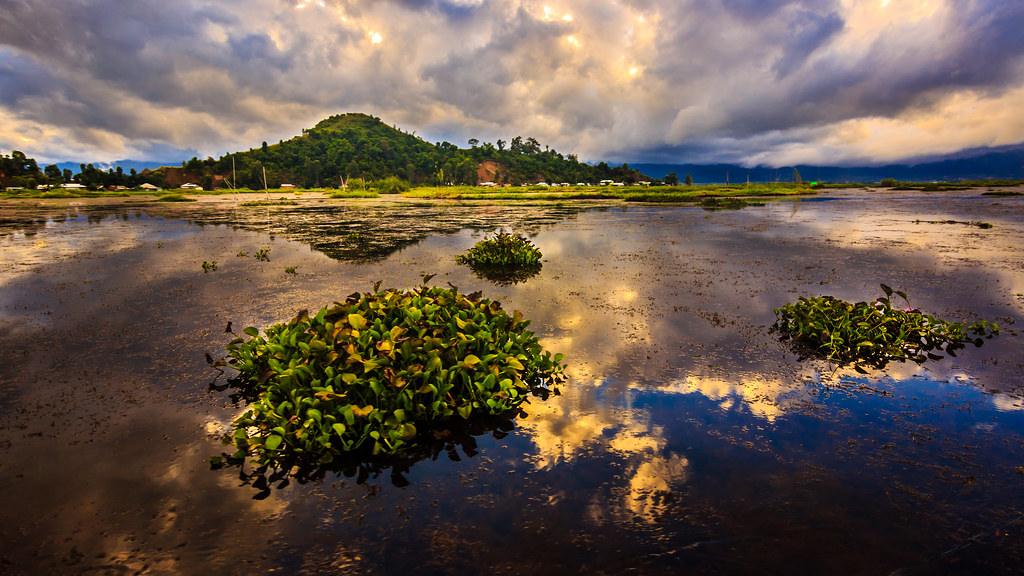
Located in Bishnupur district, just over 50 km from Imphal, Keibul Lamjao National Park covers an area of about 40 sq. km and is entirely built on phumdis, floating islands of decomposed plant matter that rise and sink with the lake’s water levels. These platforms are strong enough to support grasslands, marshes, wildlife, and even entire herds of deer.
This rare floating national park in India is the only one of its kind in the world, which is why Keibul Lamjao is often listed among the most unique natural destinations in the country. It stands out not only for its ecological structure but also for its importance in India’s conservation landscape as a protected national park in India.
Meet the Sangai: The Dancing Deer of Manipur
The biggest highlight of this Manipur national park is undoubtedly the Sangai deer, an endangered species and Manipur’s state animal. Its delicate steps and curved antlers give it an almost mythical appearance, and its gait appears slow and graceful—almost like a dance—as it walks on the floating phumdis.
Once believed to be extinct, the Sangai made a miraculous comeback after a few survivors were discovered in the 1950s. Conservation efforts led to the creation of the national park, and today, over 200 Sangai live here. But their existence is still fragile, depending entirely on the survival of the floating ecosystem.
Seeing a Sangai in its natural habitat is rare and moving—and a strong reminder of how fragile and interconnected ecosystems can be.
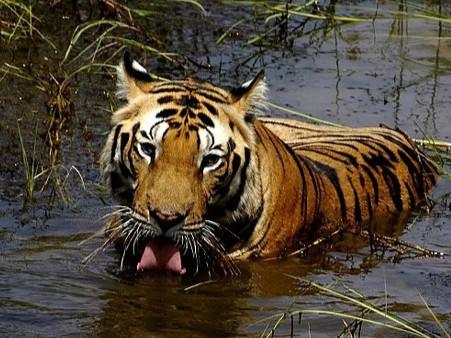
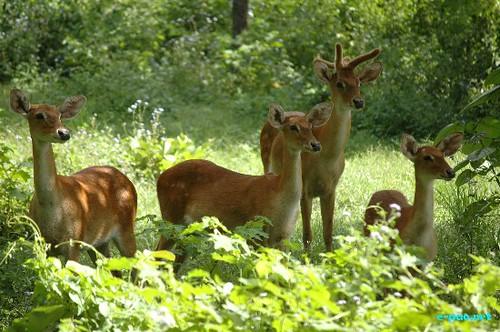

Wildlife and Birding at Keibul Lamjao
Beyond the Sangai, the park is a biodiversity hotspot. Its marshy landscape and rich vegetation support a variety of wildlife:
- Hog deer
- Wild boars
- Barking deer
- Asian golden cats
- Civets
- Otters
Birdwatchers flock here during migratory seasons. The shallow lake waters and dense aquatic plants attract:
- Sarus cranes
- Brahminy ducks
- Eastern white storks
- Purple herons
- Kingfishers
- Pheasants
- Indian skylarks
Many visitors consider this floating national park an ideal place for nature photography and birding in Northeast India. The wetlands, especially during sunrise, offer great views of both wildlife and the scenic beauty of the national park.
Best Time to Visit Keibul Lamjao National Park
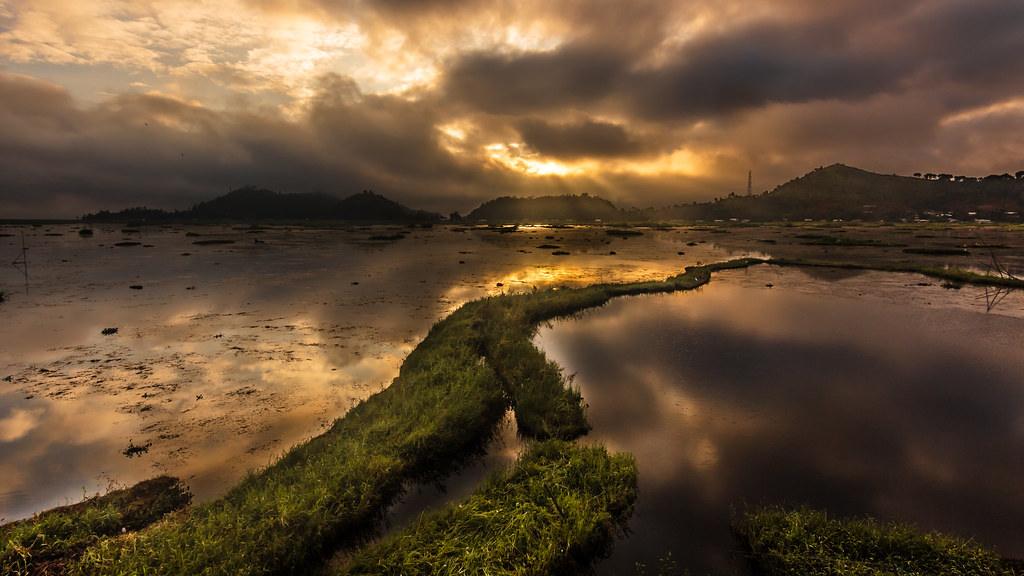
The park can be visited throughout the year, but the best time to visit Keibul Lamjao is between November and March, and also July to September.
November to March: Cooler weather, migratory bird sightings, and easy wildlife spotting.
July to September: The monsoon transforms Loktak Lake into a lush green wetland, making the floating phumdis even more photogenic. Light rain can add to the experience, though roads may require careful driving.
For those seeking offbeat places, this floating national park in India during monsoon provides a refreshing alternative to typical destinations. Just check weather conditions in advance.
How to Reach Keibul Lamjao
- By Air: The nearest airport is Imphal International Airport, around 50 km away. Flights from Delhi, Kolkata, and Guwahati are frequent.
- By Road: From Imphal, you can hire a taxi or drive to the park via Moirang. The journey takes about 1.5 to 2 hours.
- By Train: Dimapur station in Nagaland is the closest major railway hub, around 215 km away.
Being one of the lesser-known national parks in India, Keibul Lamjao is not crowded, which adds to the appeal for travellers looking for peace and natural beauty.
Top Things to Do Around Loktak Lake and Keibul Lamjao
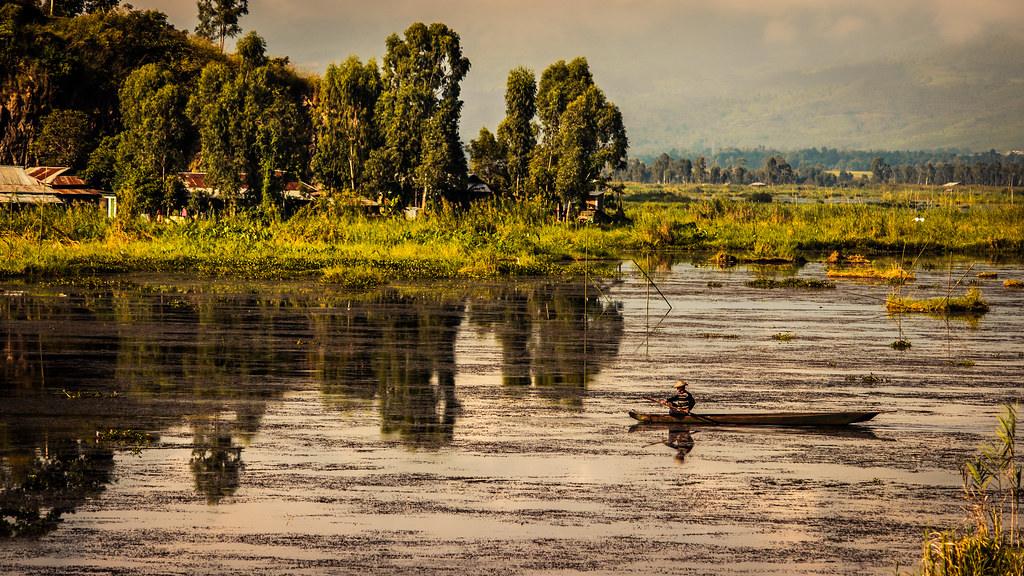
1. Explore Sendra Island
This elevated patch in the lake offers sweeping views of Loktak Lake and its floating islands. It’s also a popular place to relax and take photos.
2. Take a Boat Ride
Glide across Loktak Lake in a traditional wooden canoe. Locals will guide you through the phumdis and explain how their fishing methods, daily life, and homes are tied to the floating lake.
3. Visit the INA War Memorial at Moirang
This historically important site commemorates Netaji Subhash Chandra Bose and the hoisting of the Indian tricolour by the INA in 1944. It’s located close to the lake.
4. Try Local Manipuri Cuisine
Local eateries and homestays around Moirang offer authentic dishes like eromba (fermented fish stew), chak-hao (black rice desserts), and various rice-meat combinations you won’t find elsewhere in India.
These attractions make the trip to this floating national park all the more engaging, allowing travellers to connect with both nature and history.
Make the Most of Your Trip to Northeast India
If you’re planning a trip through the eastern Himalayas, consider combining your visit to Keibul Lamjao with nearby destinations like Sikkim and Darjeeling. These popular hill regions are comparatively closer to Manipur than many realize, especially when flying into Bagdogra or taking connecting routes via Siliguri and Guwahati. While you’re exploring the floating marvel of Keibul Lamjao, you can also unwind in stunning mountain retreats across the northeast. There are plenty of charming places to stay in Sikkim that make for a scenic base, and elegant villas in Darjeeling offer panoramic views, tea garden charm, and heritage comfort, perfect for extending your eastern India adventure.
The Conservation Story Continues
While Keibul Lamjao National Park is a natural wonder, it faces serious ecological threats. The building of dams and hydropower projects has disrupted the lake’s natural water flow, shrinking the phumdis and threatening the Sangai’s habitat. Invasive species, pollution, and illegal fishing practices also pose challenges.
That said, new conservation initiatives led by local communities, wildlife experts, and state authorities are focused on education, habitat protection, and responsible tourism. Every visitor who respects the land and wildlife plays a role in this larger conservation effort.
Supporting sustainable tourism at such unique sites helps protect the future of national parks in India, especially those as fragile and special as Keibul Lamjao.
Why This Floating National Park Deserves a Spot on Your Travel Bucket List
Keibul Lamjao is not just the only floating national park in India—it’s a symbol of biodiversity, indigenous knowledge, and the unique ecological fabric of northeast India. The sight of a Sangai deer walking gently over floating grass, the mist rolling off Loktak Lake, the calls of rare birds, and the stories of local fishing families all make this place unforgettable.
For travellers seeking unusual places to visit in India, this is a top contender. Whether you’re a nature lover, wildlife photographer, or just someone intrigued by India’s hidden gems, this Manipur national park is an unforgettable experience.
Banner Image Credit: naobu via Flickr



